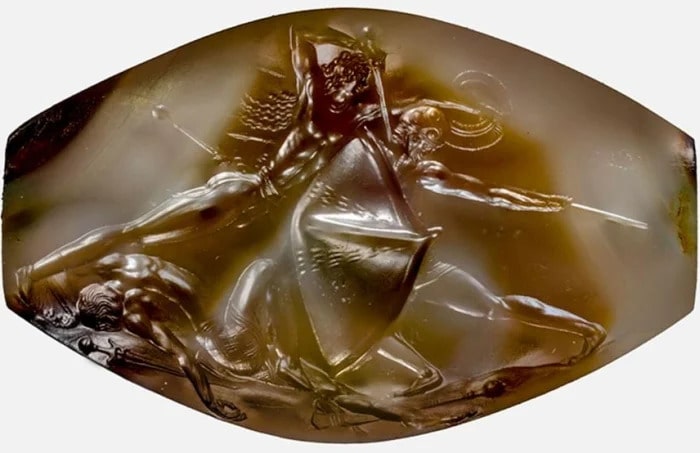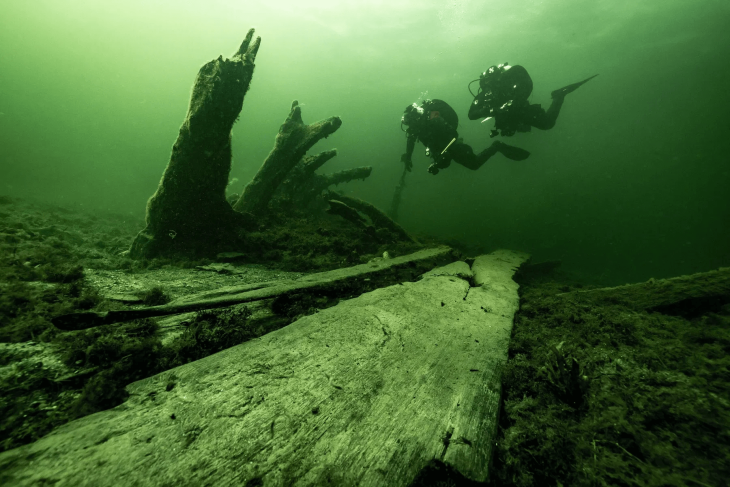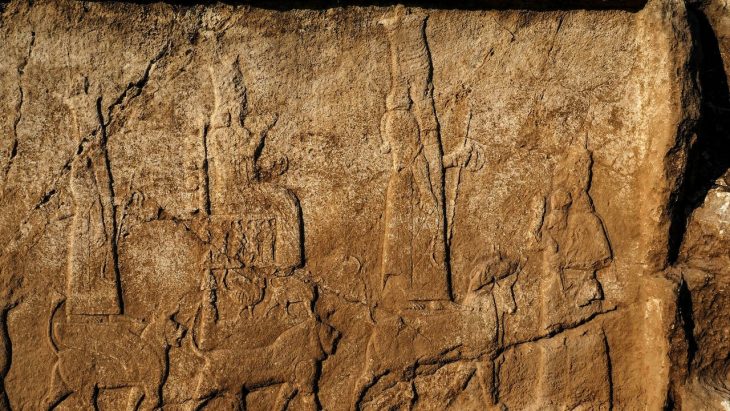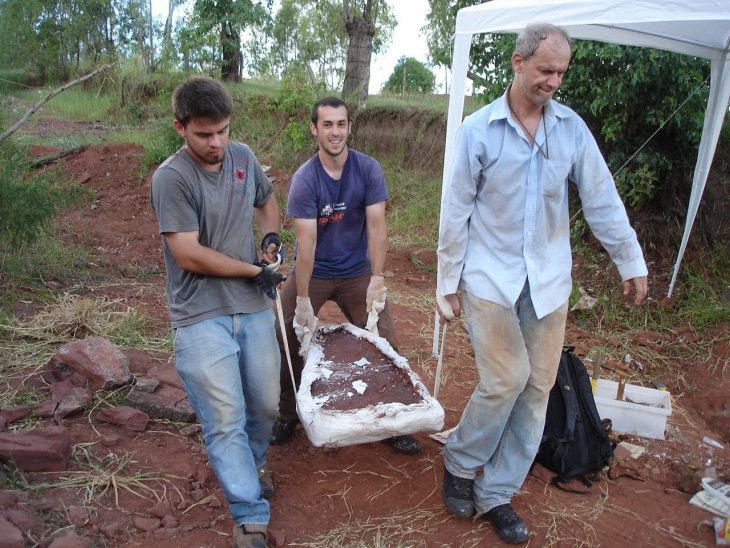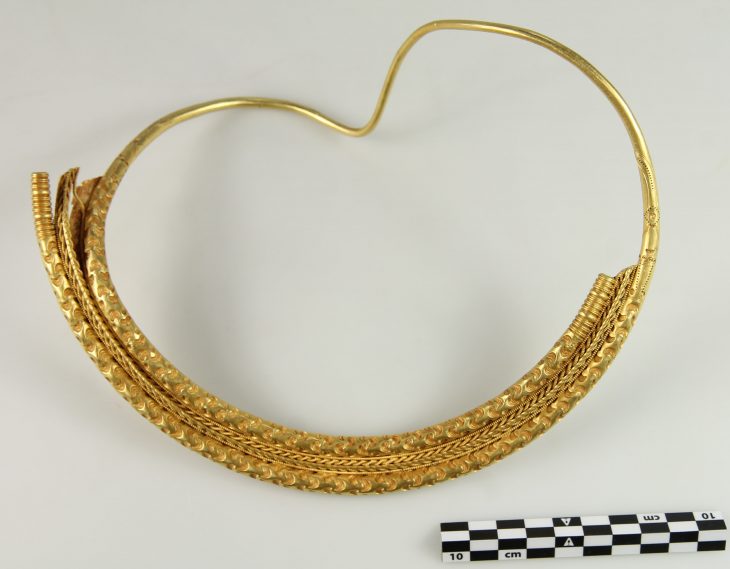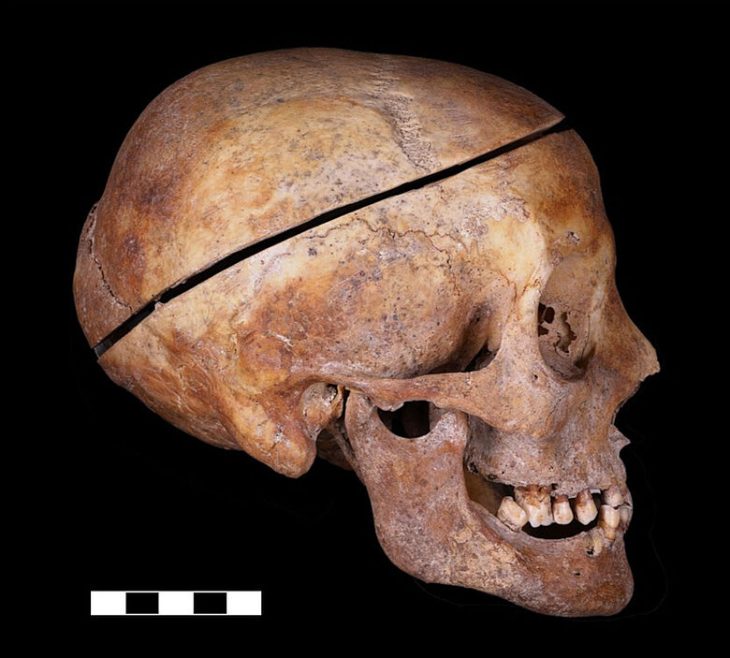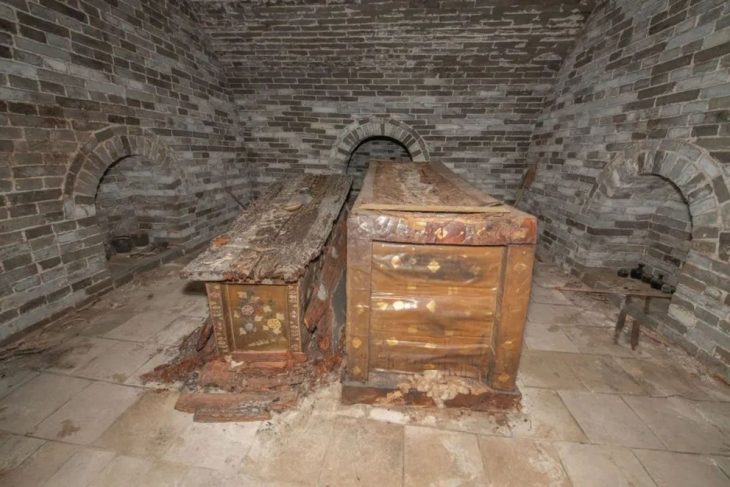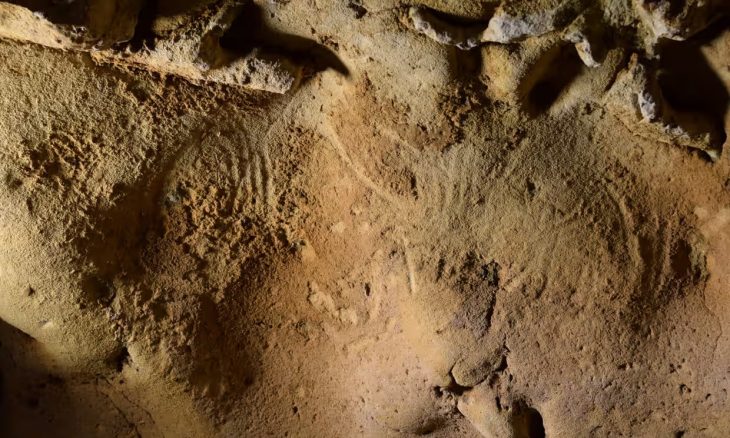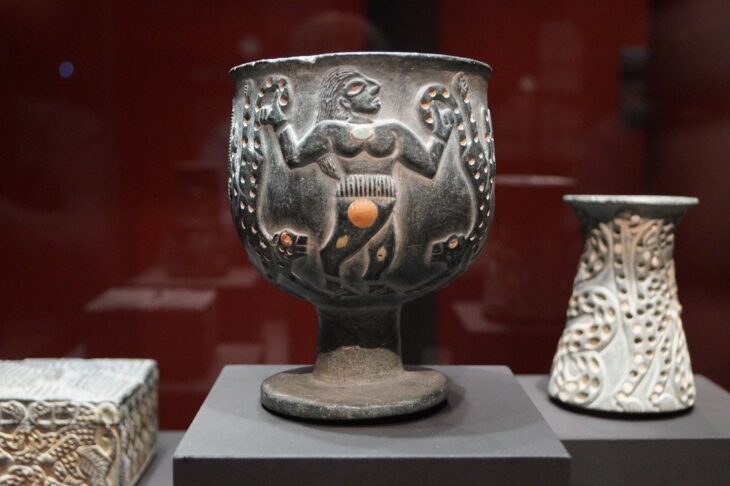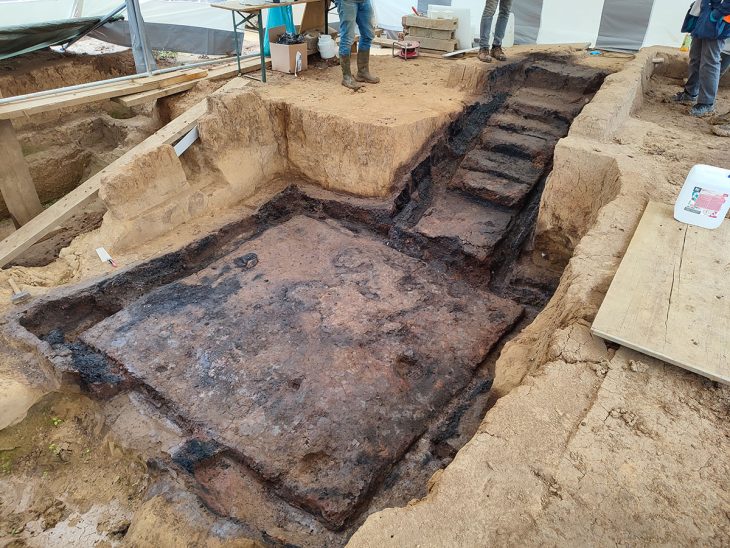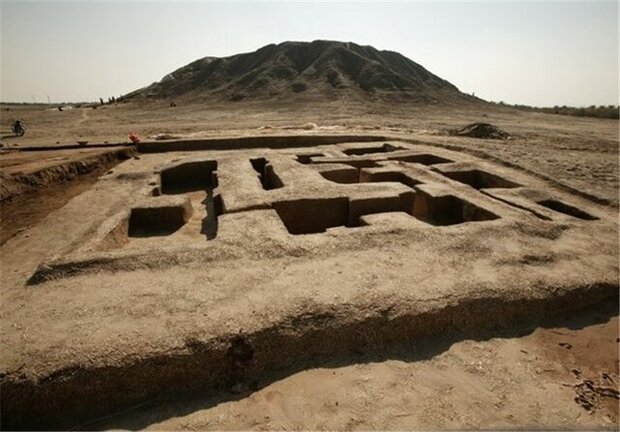Found in a Greek tomb dating back 3,500 years, the artifact is so well designed that it looks as lively and realistically muscular as a Renaissance piece.
In 2016, archaeologists from the University of Cincinnati were excavating a Mycenaean site in the Pylos region when they discovered an unexpected find: the entire tomb of a Bronze Age Warrior named “Griffon Warrior” dating from around 1500 B.C. The find was dubbed “one of the finest works of prehistoric Greek art ever discovered” by the Greek Ministry of Culture and Sports at the time.
At first glance, it didn’t appear to be much. A 3.6-centimetre-long (1.4-inch-long) chunk of stone encrusted in a layer of limestone.
After more than a year of cleaning, experts unearthed an exquisitely carved gem: an agate sealstone, used for stamping an image into clay or wax, dubbed “one of the best pieces of Mycenaean art ever discovered.”
Researchers believe it has the potential to change the history of ancient Greek art.
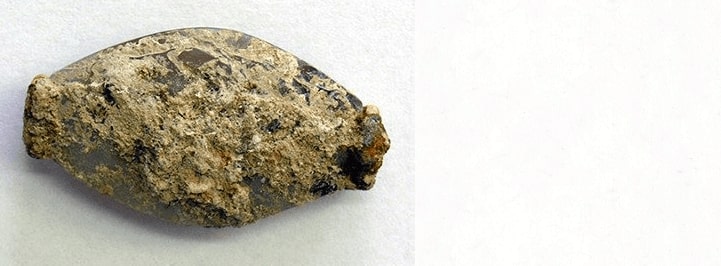
It shows a warrior, victoriously plunging his sword into a second foe, the first already defeated and crumpled on the ground at their feet. It’s been named the Pylos Combat Agate.
Researchers say the face of the seal stone bears a representation of combat that draws on the iconography of battle scenes known from the Shaft-Grave period mainland and Neopalatial Crete. The level of detail in the representation of weapons and clothing, like the attention given to the physiognomy of the human bodies, is without parallel.
The tomb itself, which was discovered in 2015, was a stunning find. Inside was an exceptionally well-preserved Mycenaean skeleton called as a Griffin Warrior after an ivory plaque engraved with the figure of a griffin that was buried alongside him.
The tomb was brimming with treasure. At least 3,000 pieces, including gold rings, silver cups, a sword with gold embroidery on the hilt, over 1,000 rare stone-carved beads, a suit of bronze armor, ivory combs, a gold necklace, and more than 50 seal stones.
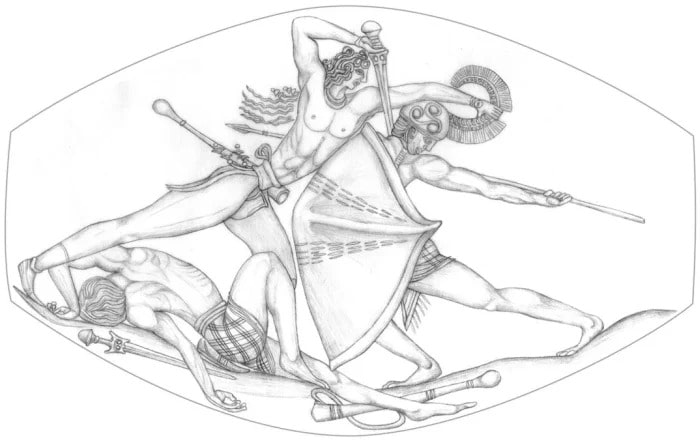
These artifacts indicated a diverse and profound civilization. Many of the burial items were Minoan in origin, demonstrating that the cultural contact between the Minoans and the Mycenaeans was greater and wider than previously assumed.
The Pylos Combat Agate, on the other hand, is a rare and sublime object, according to the experts.
“What is fascinating is that the representation of the human body is at a level of detail and musculature that one doesn’t find again until the classical period of Greek art 1,000 years later,” said researcher Jack Davis of the University of Cincinnati.
“It shows that their ability and interest in representational art, particularly movement and human anatomy, is beyond what it was imagined to be. Combined with the stylised features, that itself is just extraordinary.”
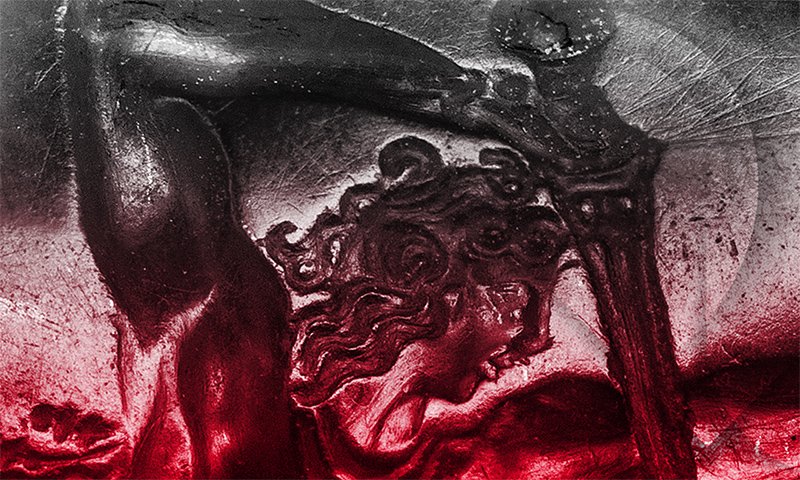
Experts believe it was carved with a magnifying glass, despite the fact that archaeologists have yet to discover any magnifying instruments from that era.
The ability and complexity necessary to create such an exquisite carving are unparalleled in the age – so detailed that photomicroscopy is required to adequately observe them.
It’s also unclear what the stone portrays, but it’s likely a popular legend of the period, according to University of Cincinnati researcher Shari Stocker.
The Griffin Warrior’s identity is still unknown, but he’ll be recognized for his contribution to anthropology, archaeology, and art history if nothing else. Work on the artifacts discovered in his tomb is still ongoing.

